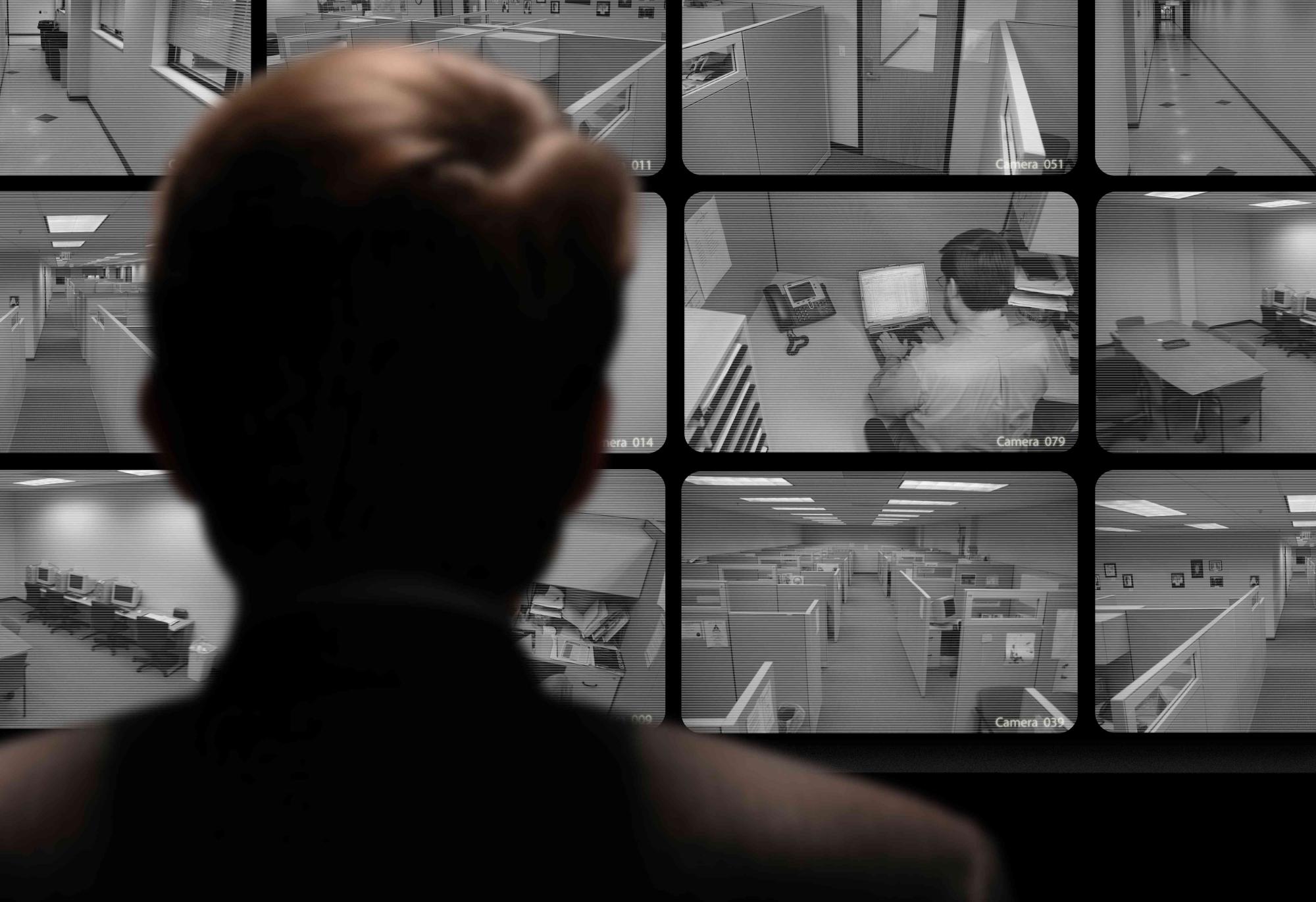Frequently Asked Questions
Below are the answers to the most commonly asked questions we get from clients and others inquiring about our TSCM bug sweep services. Should you have a question that is not addressed here, contact us to discuss your concerns in detail.
WHAT IS INVOLVED IN DOING A PROFESSIONAL BUG SWEEP?
WHAT DOES TECHNICAL SURVEILLANCE COUNTERMEASURES (TSCM) MEAN?
TSCM is the abbreviation for Technical Surveillance Countermeasures. This is the original United States Federal Government abbreviation denoting the process of bug-sweeping or electronic counter surveillance. An electronic bug sweep or TSCM sweep is a highly specialized service that detects the presence of eavesdropping devices such as hidden microphones, cameras, or other electronic “bugs”.
Our experienced TSCM Team will arrive at your location at the desired time and conduct a detailed physical search and electronic sweep of your location to identify any hidden surveillance devices. The bug sweep would start with a technical and physical search of the perimeter of property searching for hidden cameras or other surveillance devices. Our bug sweep team will use a variety of highly sophisticated electronic TSCM tools to analyze all of the signals in your location and identify any suspicious signals. The signals will be evaluated and demodulated to determine if they are a threat. Our technicians will conduct a detailed inspection of all items within the sweep area and use electronic tools to ensure that no surveillance devices have been hidden within the devices. This search will include the walls, ceilings, furniture, fixtures, electrical outlets, personal items, and any other location where surveillance devices are commonly hidden. Our search and electronic analysis will include all areas of the location. We will also analyze existing Wi-Fi networks and search for any unknown devices attached or unknown hidden networks within the sweep area. All wiring will be checked for carrier current or other surveillance devices that could be transmitting information out of the location. The time needed to conduct a sweep will depend on the size of the location, but most residential locations will take 2-4 hours.
WHAT EQUIPMENT IS NEEDED TO DO A LIGITAMENT PROFESSIONAL BUG SWEEP?
WHAT IS INVOLVED IN DOING A PROFESSIONAL BUG SWEEP?
Electronic equipment used during a professional bug sweep should include:
-
A broadband spectrum analyzer and a near-field RF detector designed to locate radio frequency transmitters operating in the ranges up to 12 GHz. This equipment can detect and locate devices that transmit by RF (AM, FM, DECT), Bluetooth, wireless internet networks, and GSM/cellular networks, which will cover the ranges of common audio transmitters used as covert wireless listening devices and wireless surveillance cameras. It is important that the equipment have the ability to demodulate signals so they can be properly analyzed.
-
One of the most important tools that should be used during a professional sweep is an NLJD (non-linear junction detector). This tool is essential to a professional bug sweep and is used to search ceilings, furniture, walls, wall hangings, and other items in the sweep area for surveillance devices that were not transmitting at the time of our search.
-
A test and inspection of the electrical outlets should also be performed, checking for carrier current and ensuring that no listening devices have been installed on the wiring to transmit audio outside of the location.
-
Thermal imaging and specialized cameras should be used to identify suspicious “heat signatures” in walls, ceilings, and other items traditionally associated with hidden cameras and other electronics used for electronic surveillance and eavesdropping. In addition, the sweep team should also use electronic tools and specialized lights to search for infrared and visible light transmitters.
-
Electrical test meters, a countermeasures amplifier, wire tracers, and cable testers should be used to analyze wiring and telephone lines for the presence of recording or transmitting devices.
-
Wi-Fi Analyzers and specialized software should be used to analyze the known Wi-Fi networks and to check for rogue devices that could have been attached or additional Wi-Fi networks that may be present within the area.
-
Other tools such as borescope cameras, pole cameras, hand tools, ladders, and other inspection tools should also be used to assist in the detailed physical search of the entire area and all items within the area.
Technology, experience, and training are crucial to finding modern surveillance devices and a professional TSCM provider should have made a significant investment in the tools used and the training they have received. They should also attend continuing education regularly to stay current on the latest threats and technology used to defend against these threats. Individuals who purchase spy shop gadgets or only use one or two tools cannot provide a truly professional level TSCM service. If your TSCM provider has not invested close to $100,000.00 or more in their equipment and received professional training in TSCM best practices, you should consider hiring someone who has.
WHAT DOES A BUG SWEEP COST?
As stated above, a professional TSCM provider has invested a substantial amount in equipment and training for the bug sweep team. Therefore, it is not reasonable to think that these services can be provided at a discounted rate. In most cases, the cost of a professional bug sweep is based on the size of the location. Our firms average charge per square foot for most locations is $0.80 - $1.00 depending on the type of locations and the services provided during the sweep. If you would like to discuss a sweep for your location, please feel free to contact us for a no obligation consultation and we can provide a flat rate fee for your location based on the size and your specific needs.









